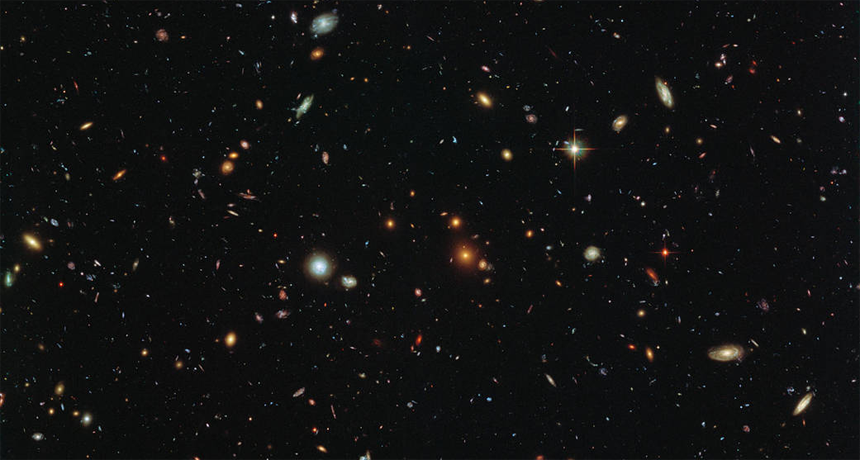Questions for ‘Cosmic mystery: Why are many galaxies dark?’

Galaxies come in many different shapes, sizes and colors. But some are too dark to be seen without the aid of a powerful telescope.
NASA, ESA and the HST Frontier Fields team (STScI)

Galaxies come in many different shapes, sizes and colors. But some are too dark to be seen without the aid of a powerful telescope.
NASA, ESA and the HST Frontier Fields team (STScI)